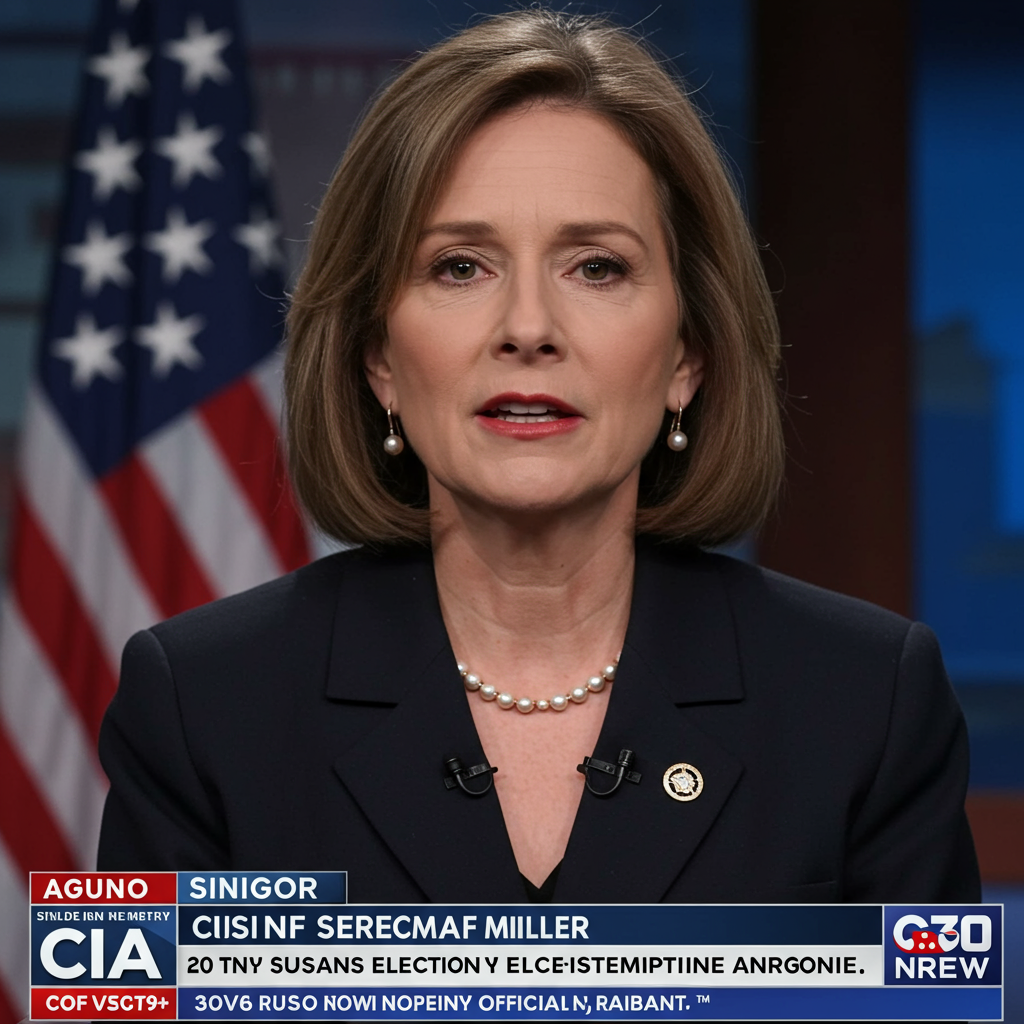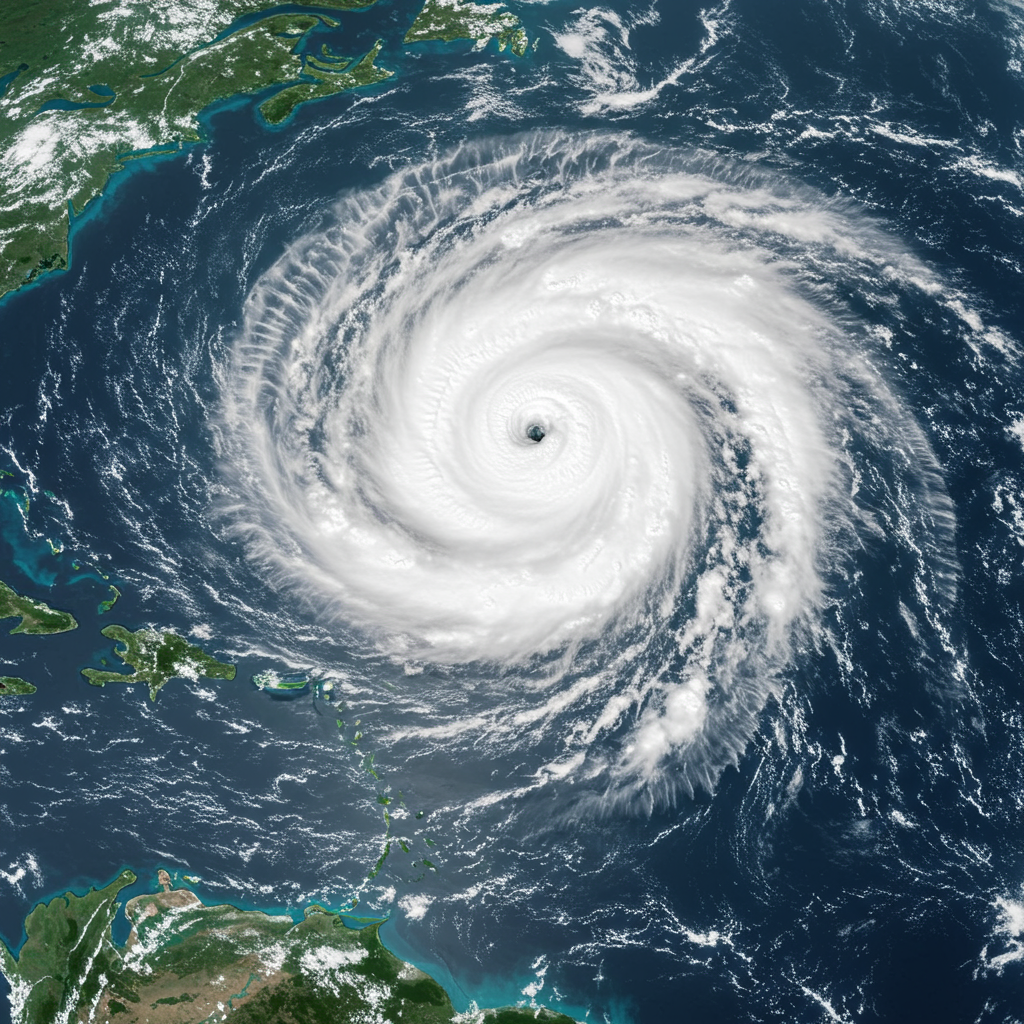The 2016 U.S. presidential election remains a focal point of intense debate, especially concerning allegations of foreign interference. Recently, the dispute reignited as a former senior CIA officer directly challenged official narratives. Susan Miller, a veteran who oversaw the crucial 2017 intelligence assessment of Russia’s role, now asserts that claims by Director of National Intelligence (DNI) Tulsi Gabbard and the White House regarding the assessment’s origins are simply “lying.” This high-stakes disagreement underscores the persistent questions surrounding Russian interference in 2016 and the integrity of U.S. intelligence.
The Core Dispute: Official Narratives Versus Insider Accounts
At the heart of the controversy is Director of National Intelligence Tulsi Gabbard’s assertion that the 2017 intelligence community assessment (ICA) was a “manufactured” effort, part of a “treasonous conspiracy” by the Obama administration to undermine then-President Donald Trump. Gabbard cited a 2020 Republican House intelligence report, which she declassified, claiming insufficient evidence for Russia tipping the scales. The White House echoed these sentiments, framing the assessment as a “Russia, Russia, Russia hoax” and vowing accountability.
However, Susan Miller, a retired CIA officer with 39 years of service, paints a starkly different picture. As the head of agency counterintelligence at the time, she helped lead the team producing the report. Miller maintains that the assessment was rigorously based on “credible information” indicating “with high probability that the specific goal of the Russians was to get Trump elected.” Crucially, she emphasized a key distinction: while Russia sought to influence the outcome, there was “no two-way collusion between Trump or his team with the Russians at that time.” This clarity is vital for understanding the nuanced findings of the intelligence community.
Unpacking the 2017 Intelligence Assessment
The 2017 Intelligence Community Assessment was a significant undertaking, analyzing Moscow’s actions during the 2016 campaign. Miller clarifies that her team’s findings definitively concluded Russia engaged in a large-scale information warfare campaign. Their goals included undermining America’s democratic process, damaging Hillary Clinton’s candidacy, and boosting Donald Trump’s prospects. This involved tactics like spreading disinformation and leaking stolen emails from the Democratic Party.
Miller confirmed her team repeatedly briefed Trump and other U.S. government officials on their findings. They explicitly stated they could not quantify the actual impact of Russia’s information warfare on voter behavior. She reiterated, “100% they tried to influence the election, and 100% we can’t say if it worked unless we polled every voter.” Despite current administration claims, Miller affirms that her team and the CIA Director at the time clearly acknowledged Trump as the lawful president, a detail she says Gabbard omitted.
The “Collusion” vs. “Interference” Distinction
One of the most persistent confusions surrounding the 2016 election narrative centers on the terms “collusion” and “interference.” Miller’s testimony, supported by the original intelligence assessment, draws a clear line. The intelligence community concluded that Russia actively interfered in the election with the specific aim of helping one candidate. This interference involved cyber operations, disinformation, and active measures designed to manipulate public opinion and sow discord.
However, the assessment, and Miller’s team, found no evidence of direct “collusion” or “conspiracy” between the Trump campaign and Russian agents. This means while Russia was independently acting to influence the election, there was no intelligence indicating a coordinated effort or agreement with the Trump campaign. Understanding this distinction is crucial to accurately interpret the findings of various investigations and intelligence reports concerning 2016 election interference.
Behind the Scenes: Crafting the Intelligence Report
Following the 2016 election, then-CIA Director John Brennan tasked Susan Miller with assembling a dedicated task force. Their mission was to rigorously examine Russia’s role in the election. Miller, a seasoned counterintelligence expert, gathered a diverse team of analysts and officers. She stressed that despite intense political pressure from both pro- and anti-Trump factions, the team remained “neutral,” allowing “the data speak for itself.” She confirmed Brennan did not pressure or micromanage their work, directly refuting allegations from Gabbard and the White House.
Miller’s account directly contradicts claims from the current administration, including a Fox News report citing declassified documents from ODNI, suggesting the Obama administration “manufactured and politicized intelligence.” The report alleged that pre-election assessments indicated Russia was “probably not trying…to influence the election by using cyber means” to alter vote counts, and that a December 2016 PDB concluded Russia “did not impact recent US election results.” It further suggested the subsequent January 2017 ICA “directly contradicted” these earlier findings, and was based on “manufactured” or “not credible” information. Miller’s detailed recounting of her team’s diligent, data-driven process provides a counter-narrative to these accusations.
The Steele Dossier Controversy
A significant point of contention mentioned by Miller was the inclusion of the unverified Christopher Steele dossier. Towards the end of the assessment’s drafting, then-FBI Director James Comey insisted the dossier be included. This highly sensitive document contained uncorroborated allegations about Donald Trump. CIA officials argued against its inclusion due to the lack of verification and the late stage of the report.
Ultimately, a compromise was reached: the Steele dossier was included as an annex to the assessment. Crucially, it carried a disclaimer explicitly stating that its claims had not been verified by the intelligence community. Miller’s testimony, supported by multiple congressional sources and the Senate Intelligence Committee report, clarifies that the dossier did not inform the core analysis or key judgments of the ICA. This nuance is often lost in politicized discussions, creating confusion about the assessment’s foundational intelligence.
Political Backlash and Personal Impact
Miller’s involvement with the intelligence assessment led to personal and professional challenges. During the first Trump administration, she was summoned to the CIA general counsel’s office and informed she might face criminal charges over her role. She described the experience as initially unbelievable, then hiring a lawyer to navigate the unclear accusations.
Special Counsel John Durham’s team later questioned Miller for hours. She recounted facing inquiries about whether she held an anti-Republican bias that influenced the assessment. Miller, a registered Republican herself, strongly refuted these suggestions. Despite the intense scrutiny, she was never charged with any crime nor disciplined in any way. Her experience highlights the significant pressure and political weaponization intelligence officials faced during this period. Even a recent internal “lessons learned” review declassified by current CIA Director John Ratcliffe, which found some procedural issues but affirmed the assessment’s conclusions, did not contact Miller for her input.
Dueling Narratives: Congressional Reports and White House Claims
The controversy surrounding the 2016 Russian interference intelligence has spawned multiple, often conflicting, reports from Capitol Hill. While DNI Gabbard and the White House lean on a 2020 Republican House intelligence committee report to dismiss the findings, other authoritative sources tell a different story.
Notably, a bipartisan Senate probe released the same year emphatically endorsed the intelligence agencies’ assessment. This comprehensive Senate Intelligence Committee report concluded that Russia “engaged in an aggressive, multi-faceted effort to influence, or attempt to influence, the outcome of the 2016 presidential election” in Trump’s favor. Marco Rubio, then-acting chair of that committee and current Secretary of State under Trump, endorsed its conclusions. This stark contrast between congressional findings underscores the deep partisan divisions impacting the perception of national security issues. Former President Barack Obama’s spokesperson also dismissed Gabbard’s claims as “outrageous” and a “weak attempt at distraction.”
The Enduring Impact on Trust and Geopolitics
Nine years after the 2016 election, the continued political acrimony over Russian interference in 2016 shows no signs of abating. Miller herself observed that Russian President Vladimir Putin and his allies are likely “toasting vodka shots” at the turmoil these ongoing disputes create in Washington. This prolonged debate not only erodes public trust in governmental institutions, particularly intelligence agencies, but also inadvertently serves the interests of foreign adversaries seeking to destabilize U.S. democracy. The insistence on rewriting history, despite multiple investigations and bipartisan confirmations, poses a significant challenge to future election integrity and national security.
Frequently Asked Questions
What was the core conclusion of the 2017 intelligence assessment on Russian interference?
The 2017 Intelligence Community Assessment (ICA) concluded with high confidence that Russia waged a large-scale information warfare campaign aimed at undermining the U.S. democratic process. Its specific goals included damaging Hillary Clinton’s candidacy and boosting Donald Trump’s electoral prospects. The assessment was based on credible intelligence and emphasized that while Russia sought to influence the election, no direct “two-way collusion” was found between the Trump campaign and the Kremlin.
How do the various congressional and intelligence reports on 2016 Russian interference compare?
Multiple official reports have addressed 2016 Russian interference. The 2017 Intelligence Community Assessment (ICA) concluded Russia sought to help Trump. The 2019 Mueller Report found sweeping Russian interference but no criminal conspiracy with the Trump campaign. A bipartisan 2020 Senate Intelligence Committee report unanimously affirmed the intelligence community’s findings. Conversely, a 2020 Republican House intelligence report, declassified by DNI Tulsi Gabbard, asserted insufficient information to conclude Russia aimed to tip the scales for Trump, a claim largely refuted by those involved in the original assessment.
Why do conflicting claims about 2016 Russian interference continue to surface today?
Conflicting claims persist due to deep political polarization and ongoing efforts to control the narrative surrounding the 2016 election. For some, discrediting the intelligence assessment serves to delegitimize the “Russia investigation” and political attacks against Donald Trump. For others, upholding the assessment is crucial for maintaining trust in intelligence agencies and understanding threats to democratic processes. The politicization of intelligence, coupled with the complex nature of information warfare, allows for different interpretations of events, which foreign adversaries like Russia are likely pleased to observe.
Conclusion
The enduring debate surrounding Russian interference in 2016 is more than just a historical footnote; it reflects a continuing struggle over truth, accountability, and the integrity of U.S. democratic institutions. Susan Miller’s direct testimony as a key architect of the original 2017 intelligence assessment provides critical firsthand insight, challenging recent claims by the Director of National Intelligence and the White House. Her account, corroborated by a bipartisan Senate inquiry and other independent investigations, underscores the intelligence community’s consistent finding: Russia indeed sought to influence the 2016 election, even if they did not establish direct collusion or quantify the precise impact on the vote. As these contentious discussions persist, it becomes increasingly vital for the public to scrutinize all claims and understand the distinctions between established intelligence findings and political narratives.



